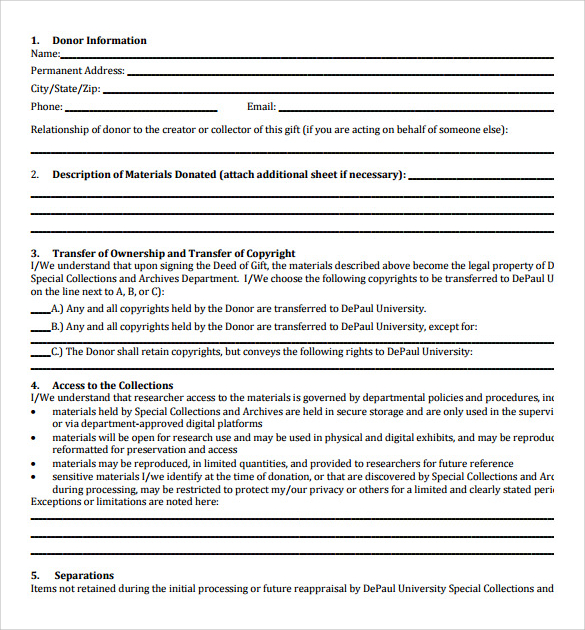
We start out relatively fast so that you can begin writing small programs right away, instead of having to wait for two or three web pages to learn all the necessary commands. In the QBASIC programming language series, we will start out relatively fast at the beginning, introducing three commands and explaining constants and numeric variables.

You must be willing and eager to learn the language. There is one small catch, however, and it is quite minor.

They will teach you, step by step, command by command, a large part of the the QBASIC language.

That is why you have surfed to these pages. Or maybe you want it to do something very specific, but nobody seems to have a program that does what you want. Or perhaps you've had it for a while and are getting tired of running everybody else's programs.
#Quickbasic for dos free download ucla how to
Enjoy!!!!ģ Introduction to MS-DOS QBasic Computer Programming Language So you've finally acquired that IBM PC-compatible computer, and want to know how to program it. Bubble Sort and Insertion Sort are too slow, so I didn't introduce them. the Quick Sort) are much faster, but more complicated. The Shell Sort (and the Recursive Sort, a.k.a. Classes, Dictionaries, Objects, OOP, dot-notation, auto-completion (Yaay!!), big difference from the old BASICA days of the 1980s!! (Anybody remember the Commodore PET from the late 1970's?) The sorting chapter uses the Exchange Sort, because it's a little easier to understand, especially for Beginners. Now It's VB6, which is an even bigger jump.
#Quickbasic for dos free download ucla windows
About a year later I switched to Visual Basic 3.0 for Windows and never looked back (too much). That was a big jump! It was a wonderful compiler, though, especially for DOS development that had basic Windows-like properties (listboxes, pushbuttons, menus, drop-down lists, etc). Starting around 1996 or so, I switched from QuickBASIC (the compiler version of QBASIC) to VBDOS (Visual Basic for DOS compiler). Instead of LET NEWAMOUNT = 75 You simply use NEWAMOUNT = 75 In 1991, this was written for GW-BASIC, and in 1995 it was rewritten for QBASIC, which is the form you see it in now. As far as LET being obsolete, you still assign variables the same way, you just don't put the word "LET" in front of it any more. The language now contains objects (and the methods, events, and properties that go with them), there are over twice as many data types (Boolean, which was needed a long time ago, as well as new numeric types), the LET keyword is now obsolete, the GOTO keyword is now considered obsolete (although these 2 do still work), GOSUB and RETURN are obsolete, line numbers are gone (They were optional, but still supported in QBASIC), no more BSAVE or BLOAD, PEEK, POKE, INP, OUT, KEYn Function key support, KEY ON and KEY OFF, LOCATE, INKEY$, and WAIT are just some of the functions that are no longer part of BASIC (mostly because they are DOS-dependent).

Especially with my old Assembly Language code.) BASIC has evolved and changed, too. Windows 2.0 was just coming on the scene (If I remember correctly), but nobody really used it much. The (very slow by today's standards, 1/100th the speed of current computers) 33MHz Processor was king. A 20 Mb hard drive would never get filled up. What has changed? In 1991, MS-DOS was the only operating system you needed. It is still a good way to learn BASIC, and is a good launching point to go into Visual Basic. This tutorial was originally written in Although many things have changed between then and now, the fundamentals remain the same. 1 QBASIC Tutorial Table of Contents Author's Notes 2 Intro: Introduction to QBasic Computer Programming Language 3 Chapter 1: Getting Started 5 Chapter 2: Program Looping 9 Chapter 3: Program Looping, Part 2 Chapter 4: Loading and Processing Data Chapter 5: User Data and Nested Loops Chapter 6: Input Range Testing and Range Tolerances Chapter 7: Random Number Generation Chapter 8: Subscripted Variables (Arrays) Chapter 9: Sorting Chapter 10: Output Formatting, Part 1 Chapter 11: Output Formatting, Part 2 Chapter 12: Output Formatting, Part 3 Chapter 13: String Variables Chapter 14: String Functions Chapter 15: More String Functions Chapter 16: Putting It All TogetherĢ Just a quick word (or 120) before we begin.


 0 kommentar(er)
0 kommentar(er)
